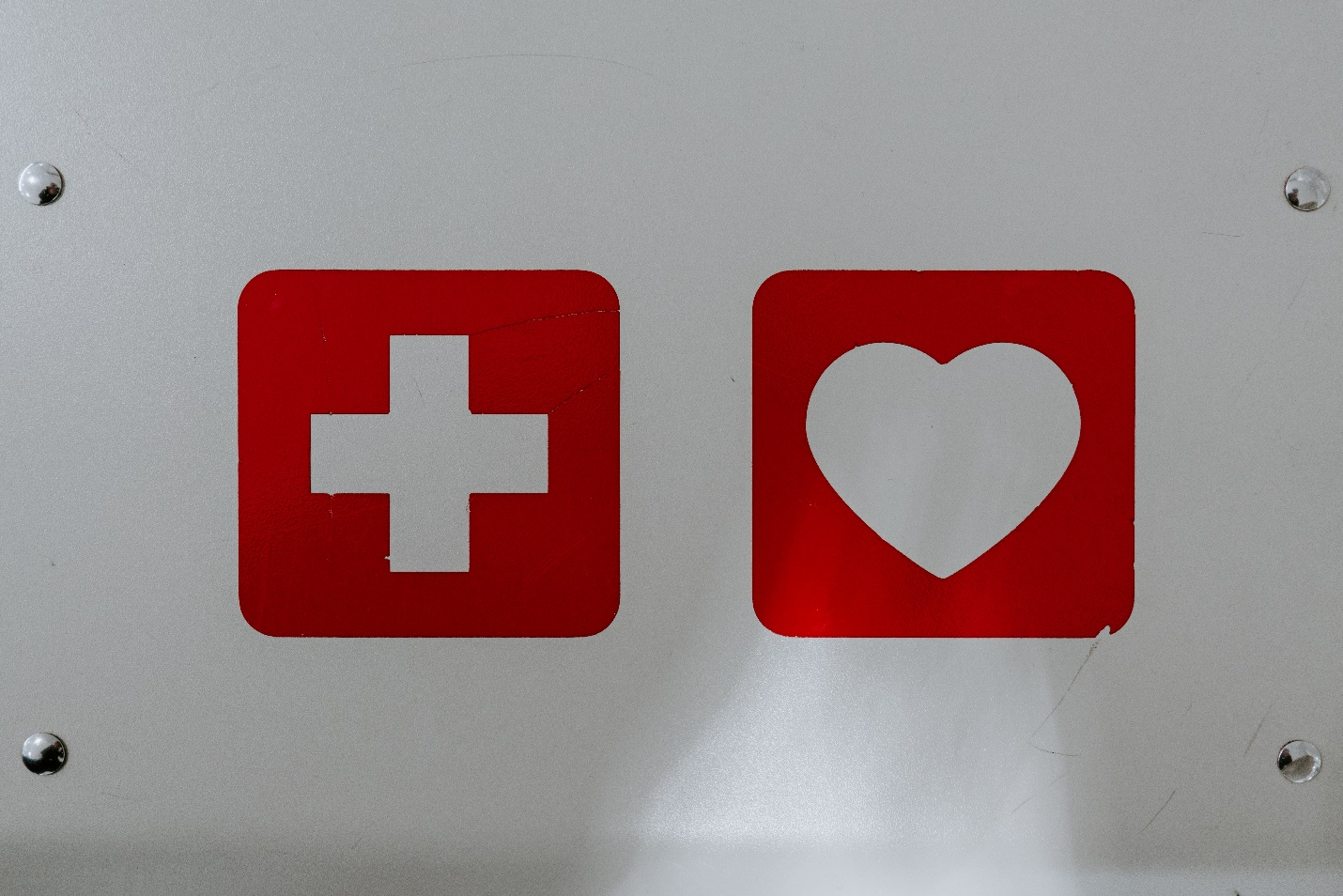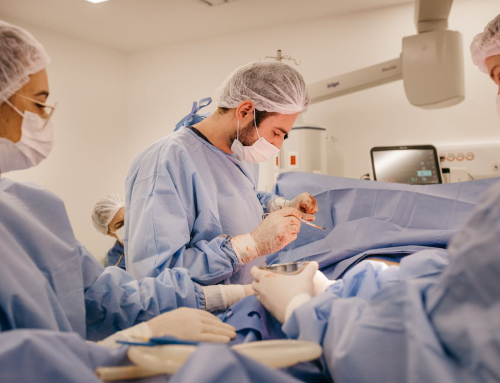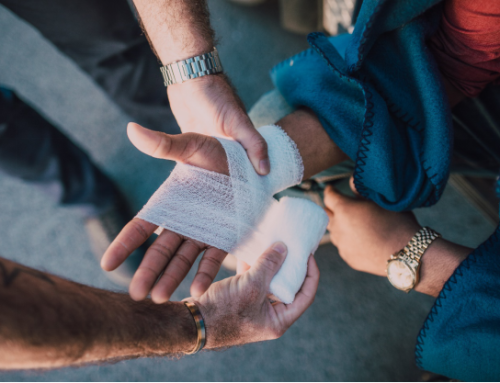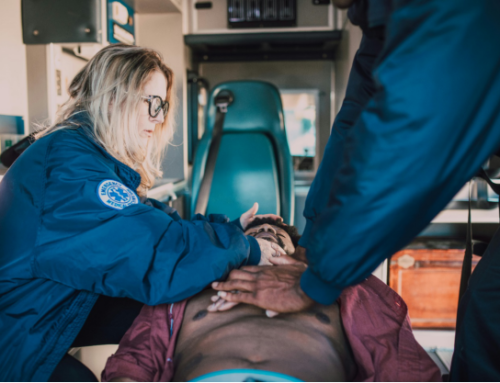Providing quick and early treatment for someone who has been injured or unwell is the goal of first aid. In an emergency, first aid care is given to a person to prevent worsening or causing more harm. An emergency can make it hard to think rationally, so preparing your brain for a high-pressure circumstance can help you save a life or help someone in pain in the long run.
The 3 Ps of First Aid
Keeping a patient alive is the primary goal of first aid; preventing further deterioration and encouraging recovery are the other two. The three Ps of First Aid can assist you in choosing first aid treatments and goals.
P1 – Preserve Life
The most important and first P of first aid is to preserve life. Prevent the individual from death in whatever way possible. The first responder on the scene often fills this position.
It’s possible, however, that you’ll end up being the first responder in an emergency. It is your responsibility to begin the C-A-B (circulation, airway, and breathing) protocol of first aid as soon as you have completed your assessment of the emergency scene.
- The quality of circulation will be determined at this point in the process.
- The victim’s airway should be checked during the assessment.
- Additionally, check to see if the individual is taking proper breaths.
When you’re in this stage, you’re doing everything you can to save someone’s life before professional help arrives.
P2 – Prevent Deterioration
After we’ve dealt with saving a person’s life, a lot of first aid is focused on preventing the problem from getting worse. Our job isn’t to cure anything; that’s the job of the doctor. We still have a lot of control over whether or not things go worse. Some things that you can do during this time are:
- Watch over a seizure victim.
- Help a diabetic who is low on sugar by providing some.
- Make an effort to stop the bleeding before it worsens
- The fractured arm or leg should be immobilised till an ambulance arrives.
Additionally, wearing gloves to decrease the risk of infection, washing wounds, determining who requires further assistance and who may return to work/play, etc., falls under this category.
P3 – Promote Recovery
After you’ve done everything with first aid care, your job is to aid healing. Interpersonal contact, providing comfort, and alleviating pain are all ways to achieve this.
These ideas and tactics will most likely be tailored to your specific situation when it comes to first-aid. However, remembering the basics of what to do could save a life or prevent more suffering.
To avoid a situation where you cannot think properly, you can follow these simple actions. If you are looking for more intensive first aid training courses in British Columbia, Canada, you have come to the right place.
Metro Safety Training provides exceptional Occupational First Aid Level 1 Training, workplace safety, and first-aid training courses in the country. We also provide basic life support training programs.
Contact us get to get first aid training in British Columbia, Canada.








